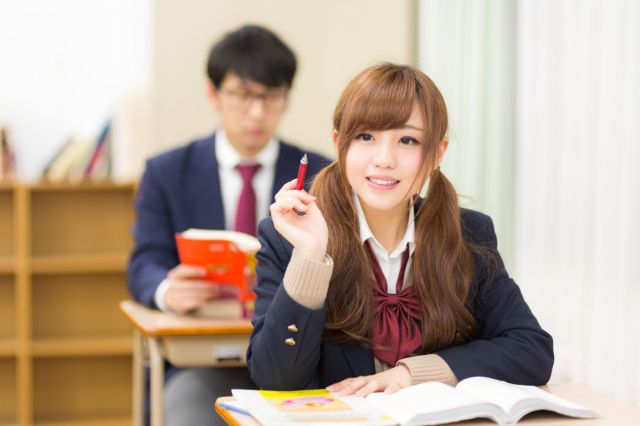
Are all Japanese schools designed the same way???
Just as Japanese society is largely homogenous, so too are a lot of the schools, with commonalities inherent to elementary, junior, and senior high school institutions.
It’s perhaps most obvious with things like uniforms — yellow hats and randoseru backpacks for elementary school students, sailor suit blouses for junior high pupils, and blazers for those in senior high.
▼ A typical elementary school student.
However, one component that tends to go unnoticed, even by students themselves, is the way schools are designed, with consideration often given to the direction in which classrooms are arranged.
The topic came to light on Twitter recently, when Twitter user @kotatuyukkuri shared the below tweet.
ふと思い出したんだけど
— こたつ🐈🐾🌸🌽✌@しがない配信者 (@kotatuyukkuri) March 18, 2022
小三ぐらいの時
社会科で方角を習った時当時の僕は全然覚えられなかったのね
その時に教頭先生が授業周りにやってきて
覚えられない僕達に
「黒板が西、ベランダが南、ロッカーが東、廊下が北になるようにどの学校も出来ています」
って言葉を放った時革命が起きたと思ったよね
The tweet, which received over 86,000 likes, reads:
‘I suddenly recalled that when I was in the third year of elementary school and learning directions in social studies class I couldn’t remember the directions at all.
The vice principal visited our class and told us, ‘Every school has blackboards in the west, verandahs in the south, lockers in the east and hallways in the north’.
That comment was revolutionary.’
As soon as the tweet was shared, it created another revolution, as people around Japan began to think back to their former schools and the way they were set up.
▼ To make things a little easier to visualise, this is the type of room setup described by the vice-principal.
Many online commenters were quick to affirm that their classrooms did align with this layout, and some even gave some interesting reasons for it too:
“I heard this setup allows sunlight to come in from the south so it doesn’t create shadows when right-handed students take notes.”
“If the blackboard is on the west side it protects it from the afternoon glare of the sun so students can always see it easily.”
“If the verandahs (or windows) were to be in the north, the light would come into the classrooms from the corridor side, casting shadows on the notebooks of right-handed students. Since most students are right-handed, the verandahs are designed to be on the south side.”
“Incidentally, libraries face north (or at least in a position to avoid the setting sun in the west) to protect the books from sun damage.”
While the large majority of commenters agreed that their schools aligned with this setup, some said their schools were designed differently:
“My son’s elementary school was an unconventional shape due to the topography.”
“Our school had its windows facing north, but that was because you could see Mt Fuji and the cherry blossoms from that direction.”
“I think old schools generally apply to the rule you mentioned. These days it’s not always possible to build in a regular shape depending on the land.”
The comment about old schools sticking to the same layout as the one mentioned by the vice principal all those years ago does appear to hold a lot of weight, as one commenter mentioned:
“My father told me that before the war, if pilots lost their bearings in the air they would look down at a school to regain their sense of direction. These days, the layout isn’t so steadfast so that wouldn’t be possible anymore.”
While school layouts may have changed more recently, due to urbanisation and decreasing land sizes, the majority of comments indicated that a lot of classrooms were still arranged according to the old-school way.
The revelation that this wasn’t pure coincidence but a thought-out design principle surprised many, who were left with a sense of warmhearted gratitude to the planners behind it. It’s just one of the many reasons why nostalgia for the good ‘ol school days takes up a big space in people’s hearts, and why the classroom remains a popular setting for storylines in manga and anime.
So next time you’re watching a school scene from your favourite anime series, why not take a closer look at the way the classroom’s been set up? Does it align with the arrangement described above? And what’s been your experience in Japanese schools, or in schools in your own country? Let us know in the comments below!
Source: Twitter/@kotatuyukkuri via Hachima Kikou
Featured image: Pakutaso
Insert images: Pakutaso (1, 2, 3)
● Want to hear about SoraNews24’s latest articles as soon as they’re published? Follow us on Facebook and Twitter!

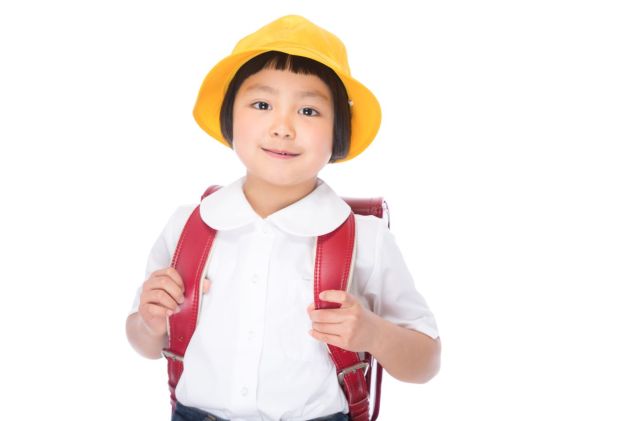
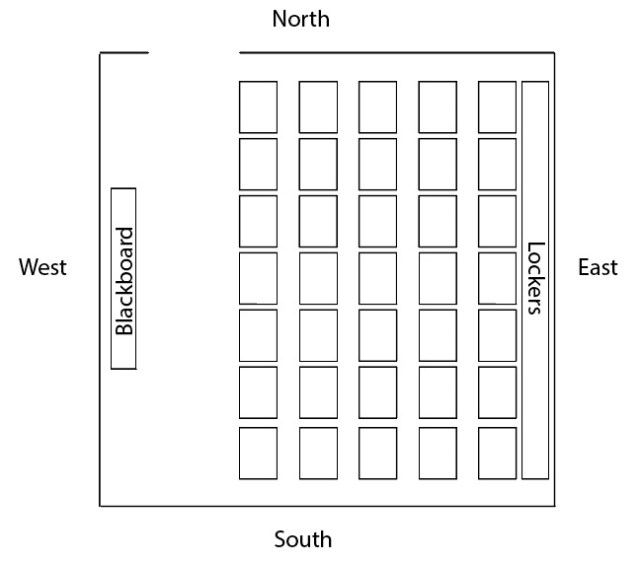
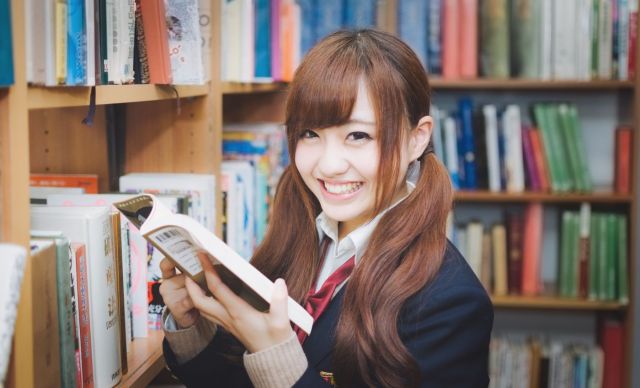
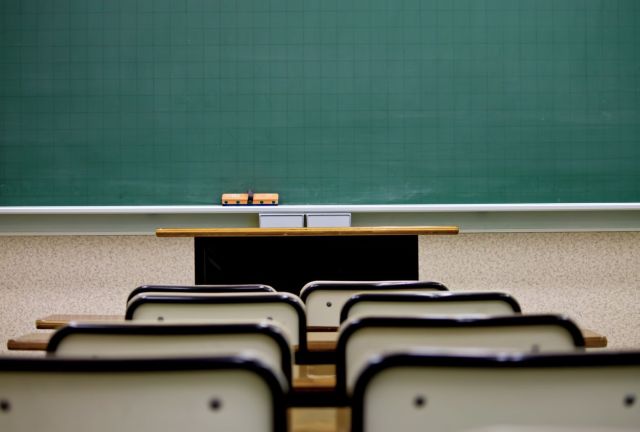
 1 in 20 Japanese junior high school students regularly missing school, government study finds
1 in 20 Japanese junior high school students regularly missing school, government study finds Japanese high school’s chime rings in middle of the night, freaks out countryside town【Video】
Japanese high school’s chime rings in middle of the night, freaks out countryside town【Video】 What’s wrong with English education in Japan? Pull up a chair…
What’s wrong with English education in Japan? Pull up a chair… Public schools in Japan’s Saga Prefecture will no longer regulate/check students’ underwear color
Public schools in Japan’s Saga Prefecture will no longer regulate/check students’ underwear color Line up in the hall, open your shirts, show your bras – Real instructions from one Japanese school
Line up in the hall, open your shirts, show your bras – Real instructions from one Japanese school How to order snacks on a Shinkansen bullet train in Japan
How to order snacks on a Shinkansen bullet train in Japan New Pokémon ice cream, dessert drinks, and cool merch coming to Baskin-Robbins Japan【Pics】
New Pokémon ice cream, dessert drinks, and cool merch coming to Baskin-Robbins Japan【Pics】 Japan’s new difficult-to-drink-from beer glass protects your liver, but it’s a brutal experience
Japan’s new difficult-to-drink-from beer glass protects your liver, but it’s a brutal experience Demon Slayer: Kimetsu no Yaiba gets new roller coaster attractions and food at Universal Studios Japan
Demon Slayer: Kimetsu no Yaiba gets new roller coaster attractions and food at Universal Studios Japan Burger King Japan suddenly adds Dr. Pepper and Dr. Pepper floats to its menu nationwide
Burger King Japan suddenly adds Dr. Pepper and Dr. Pepper floats to its menu nationwide High-fashion Totoro cuddle purse is like an elegant stroll in the forest【Photos】
High-fashion Totoro cuddle purse is like an elegant stroll in the forest【Photos】 Hello, cosmetics! Clinique teams up with Hello Kitty this summer for first-time collaboration
Hello, cosmetics! Clinique teams up with Hello Kitty this summer for first-time collaboration To combat declining birth rate, Japan to begin offering “Breeding Visas” to foreigners
To combat declining birth rate, Japan to begin offering “Breeding Visas” to foreigners Russian crocodile hospitalized after woman falls on it
Russian crocodile hospitalized after woman falls on it Starbucks Japan welcomes alpacas for cute summer drinkware line【Photos】
Starbucks Japan welcomes alpacas for cute summer drinkware line【Photos】 Nintendo history you can feel – Super NES, N64, and GameCube controllers become capsule toys
Nintendo history you can feel – Super NES, N64, and GameCube controllers become capsule toys “The most Delicious Cup Noodle in history” – Japan’s French Cup Noodle wins our heart【Taste test】
“The most Delicious Cup Noodle in history” – Japan’s French Cup Noodle wins our heart【Taste test】 Starbucks releases a cute Frappuccino and Unicorn Cake…but not in Japan
Starbucks releases a cute Frappuccino and Unicorn Cake…but not in Japan Kyoto Tower mascot termination reveals dark side behind cute Japanese characters
Kyoto Tower mascot termination reveals dark side behind cute Japanese characters McDonald’s Japan’s Soft Twist Tower: A phantom ice cream only sold at select branches
McDonald’s Japan’s Soft Twist Tower: A phantom ice cream only sold at select branches Yabai Ramen: What makes this Japanese ramen so dangerous?
Yabai Ramen: What makes this Japanese ramen so dangerous? Finally! Nintendo Japan expands Switch 8-bit controller sales to everybody, Online member or not
Finally! Nintendo Japan expands Switch 8-bit controller sales to everybody, Online member or not Japanese government wants to build luxury resorts in all national parks for foreign tourists
Japanese government wants to build luxury resorts in all national parks for foreign tourists 10 things you should buy at 7-Eleven in Japan
10 things you should buy at 7-Eleven in Japan Studio Ghibli releases anime heroine cosplay dresses that are super comfy to wear
Studio Ghibli releases anime heroine cosplay dresses that are super comfy to wear Woman charged for driving suitcase without a license in Osaka
Woman charged for driving suitcase without a license in Osaka Studio Ghibli unveils My Neighbour Totoro miniature house model
Studio Ghibli unveils My Neighbour Totoro miniature house model Kyoto experiencing problems with foreign tourists not paying for bus fares, but not on purpose
Kyoto experiencing problems with foreign tourists not paying for bus fares, but not on purpose Fighting mild hunger with a Japanese soda that turns into jelly in the stomach【Taste test】
Fighting mild hunger with a Japanese soda that turns into jelly in the stomach【Taste test】 Studio Ghibli’s Howl’s Moving Castle tapestry unveiled in Japan for first time
Studio Ghibli’s Howl’s Moving Castle tapestry unveiled in Japan for first time McDonald’s new Happy Meals offer up cute and practical Sanrio lifestyle goods
McDonald’s new Happy Meals offer up cute and practical Sanrio lifestyle goods Sales of Japan’s most convenient train ticket/shopping payment cards suspended indefinitely
Sales of Japan’s most convenient train ticket/shopping payment cards suspended indefinitely Sold-out Studio Ghibli desktop humidifiers are back so Totoro can help you through the dry season
Sold-out Studio Ghibli desktop humidifiers are back so Totoro can help you through the dry season Japanese government to make first change to romanization spelling rules since the 1950s
Japanese government to make first change to romanization spelling rules since the 1950s Foreigner’s request for help in Tokyo makes us sad for the state of society
Foreigner’s request for help in Tokyo makes us sad for the state of society Ghibli founders Toshio Suzuki and Hayao Miyazaki contribute to Japanese whisky Totoro label design
Ghibli founders Toshio Suzuki and Hayao Miyazaki contribute to Japanese whisky Totoro label design Doraemon found buried at sea as scene from 1993 anime becomes real life【Photos】
Doraemon found buried at sea as scene from 1993 anime becomes real life【Photos】 Tokyo’s most famous Starbucks is closed
Tokyo’s most famous Starbucks is closed Princesses, fruits, and blacksmiths: Study reveals the 30 most unusual family names in Japan
Princesses, fruits, and blacksmiths: Study reveals the 30 most unusual family names in Japan Photo of Chinese boy turning up to class covered in ice and snow goes viral, breaks hearts
Photo of Chinese boy turning up to class covered in ice and snow goes viral, breaks hearts Dumb Japanese school dress codes — Coronavirus winter edition
Dumb Japanese school dress codes — Coronavirus winter edition Teacher disciplined for drinking alcohol during class in Japan
Teacher disciplined for drinking alcohol during class in Japan Japanese PM asks schools around Japan to close as coronavirus cases rise
Japanese PM asks schools around Japan to close as coronavirus cases rise Japanese schools banning nicknames, mandating use of -san divides opinions
Japanese schools banning nicknames, mandating use of -san divides opinions Naturally brown-haired Osaka student sues government for forcing her to dye her hair black
Naturally brown-haired Osaka student sues government for forcing her to dye her hair black Japanese schools are losing their pools due to rising maintenance costs and aging facilities
Japanese schools are losing their pools due to rising maintenance costs and aging facilities Petition to allow students to choose what they wear to school gathers almost 19,000 signatures
Petition to allow students to choose what they wear to school gathers almost 19,000 signatures Music video featuring the winners of blackboard art contest is “chalk” full of imagination【Video】
Music video featuring the winners of blackboard art contest is “chalk” full of imagination【Video】 Blackboard art contest produces entries that will take your breath away
Blackboard art contest produces entries that will take your breath away Drunk Japanese vice principal stumbles into girls bathing area on field trip, urinates, loses job
Drunk Japanese vice principal stumbles into girls bathing area on field trip, urinates, loses job Short video looks at why Japanese students serve their own school lunches, clean their classrooms
Short video looks at why Japanese students serve their own school lunches, clean their classrooms To prevent heatstroke and COVID-19, Ibaraki vending machines dispense free cold water to students
To prevent heatstroke and COVID-19, Ibaraki vending machines dispense free cold water to students Is Japan overworking its teachers? One exhausted educator says, “YES!”
Is Japan overworking its teachers? One exhausted educator says, “YES!” Japanese university says your girlfriend might dump you, other harsh truths in recruiting ad
Japanese university says your girlfriend might dump you, other harsh truths in recruiting ad Don’t like trigonometry? Then you’re just like Hitler, says Japanese high school English teacher
Don’t like trigonometry? Then you’re just like Hitler, says Japanese high school English teacher
Leave a Reply